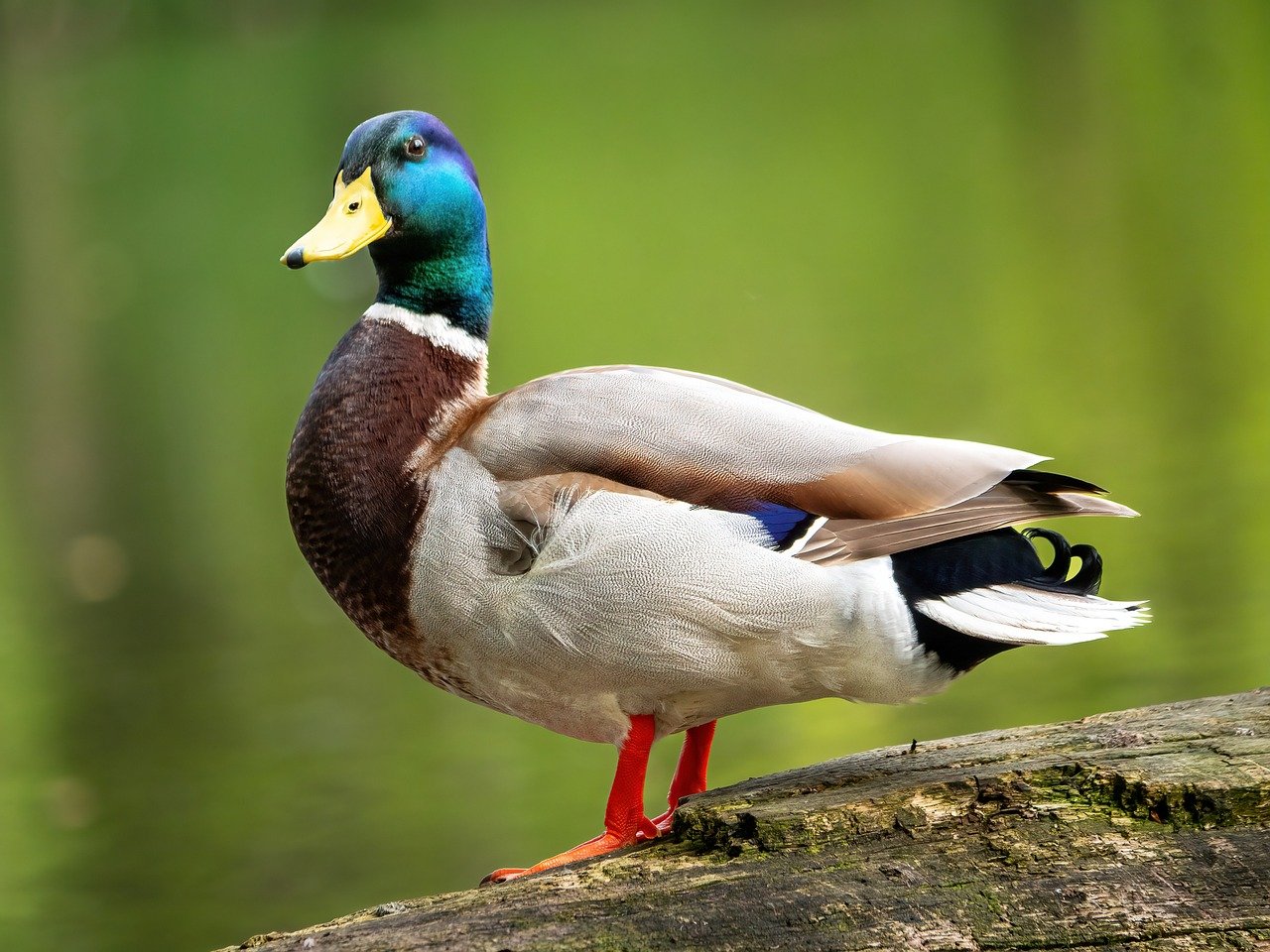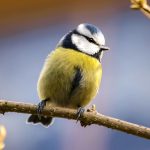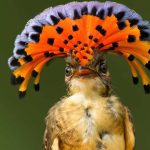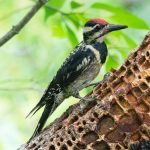Australian Cattle Dog (Canis Lupus)

“High energy levels and active minds!” The Australian Cattle Dog, scientifically classified as Canis lupus, belongs to the following taxonomic ...
Read more
Caecilian (Apoda)

“Some species’ babies use their hooked or scraper-like teeth to peel off and eat their mother’s skin.” Caecilian Scientific Classification ...
Read more
Burrowing Frog
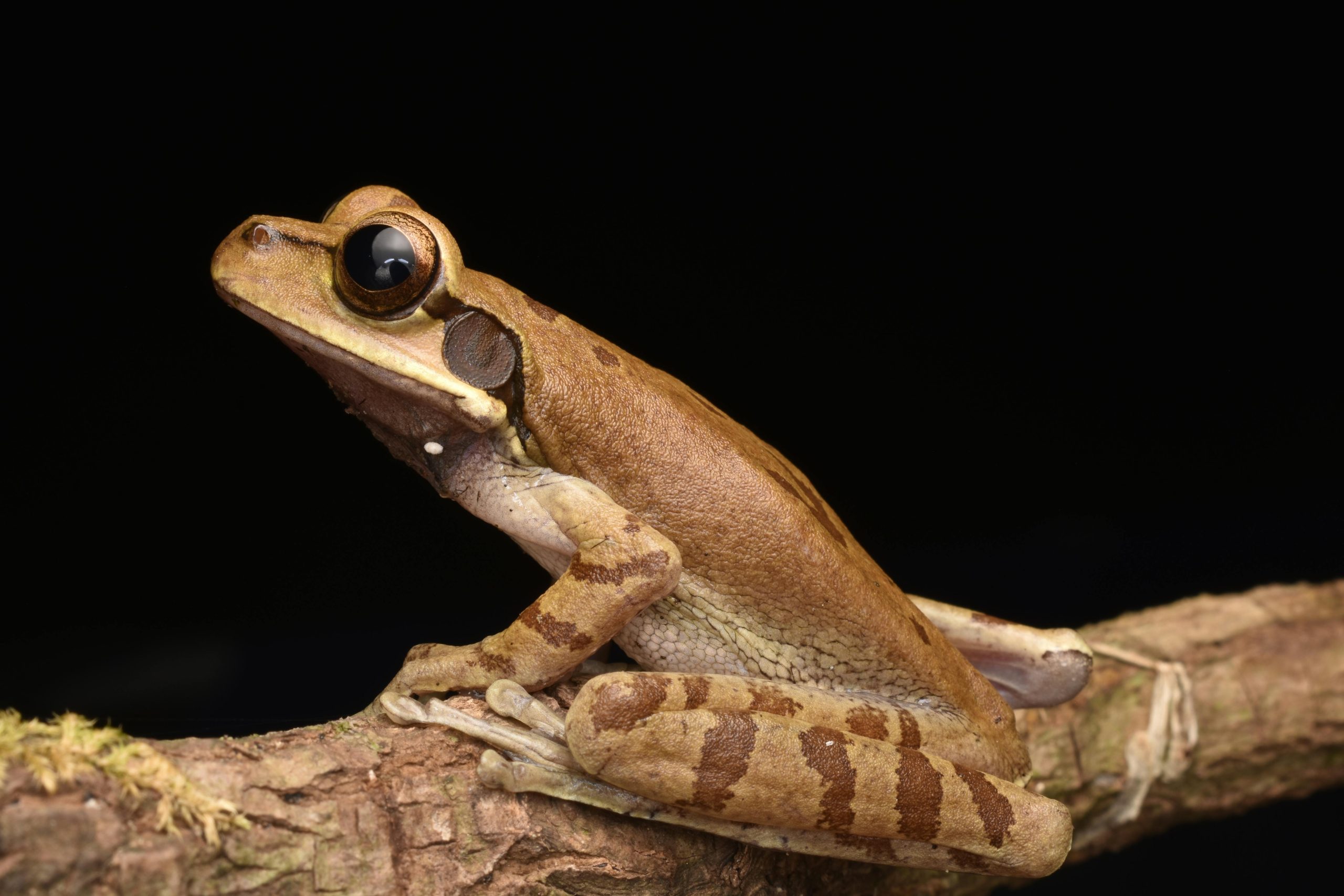
“Found close to marshes, streams and lakes!” Conservation Status The Burrowing Frog is classified as Vulnerable. Locations The Burrowing Frog ...
Read more
African Bullfrog (Pyxicephalus adspersus)
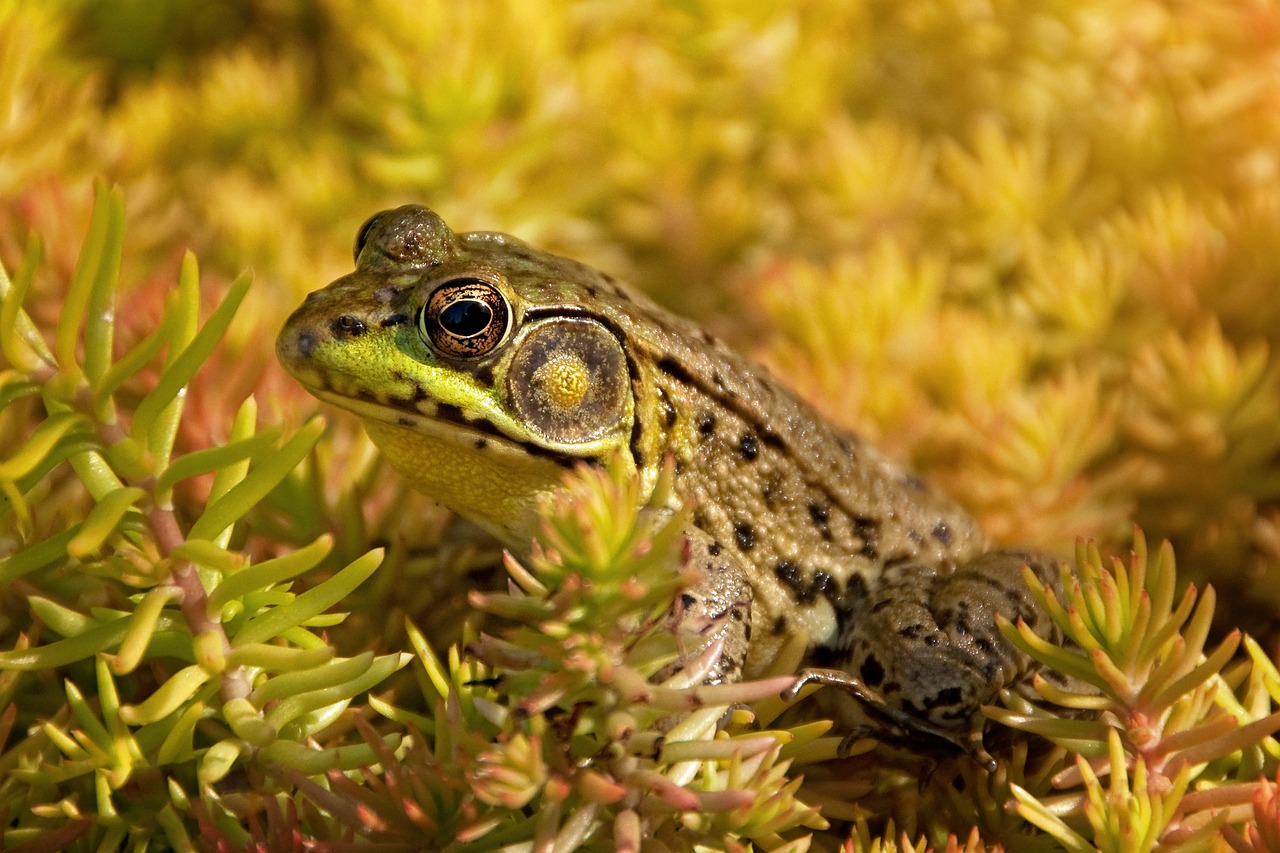
“The African bullfrog is one of only three species of frog that have “teeth.” African Bullfrog Scientific Classification African Bullfrog ...
Read more
Cedar Waxwing (Bombycilla cedrorum)
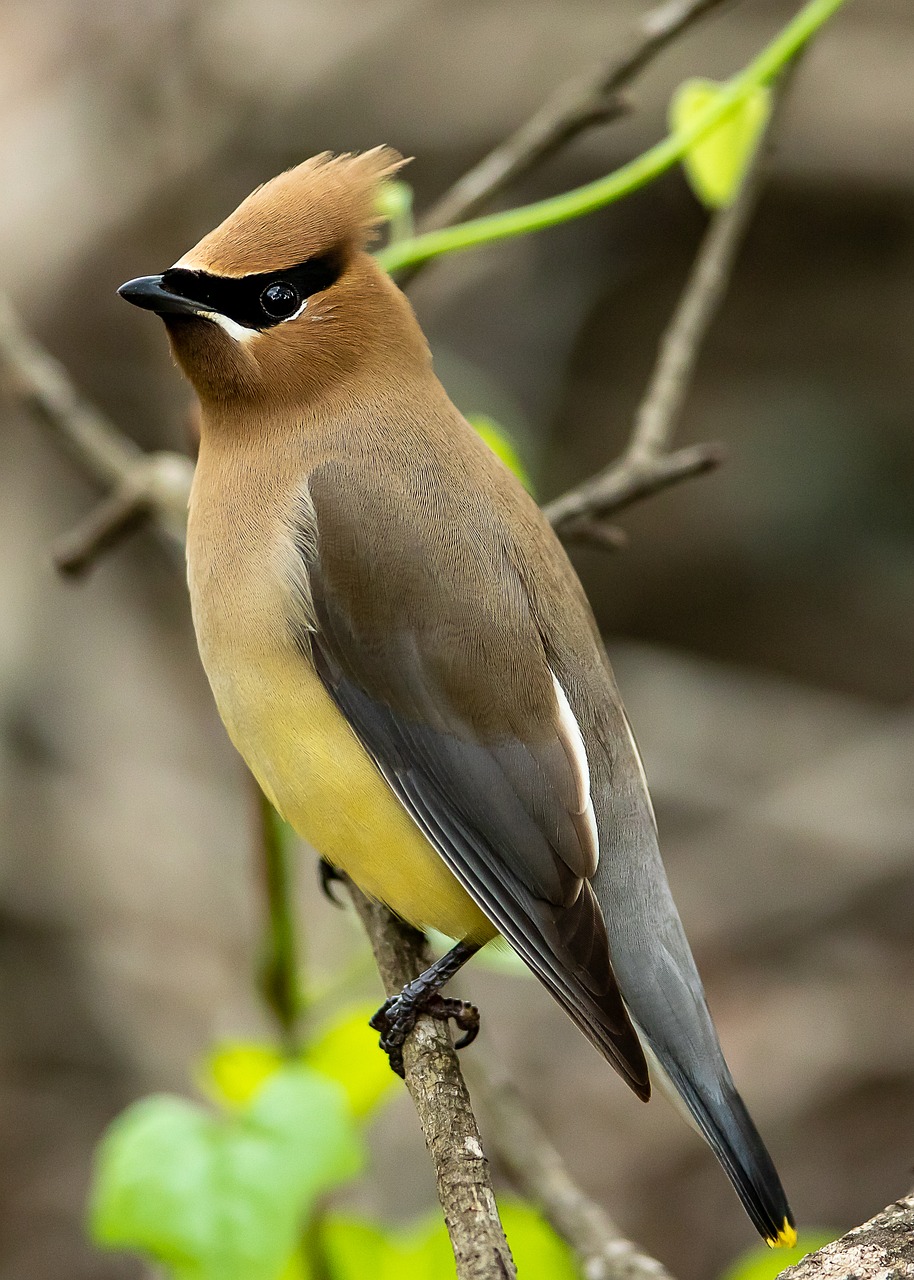
“Their feathers have red, waxy tips that can be hard to identify unless you’re up close.” The Cedar Waxwing (Bombycilla ...
Read more
Belted Kingfisher (M. alcyon)
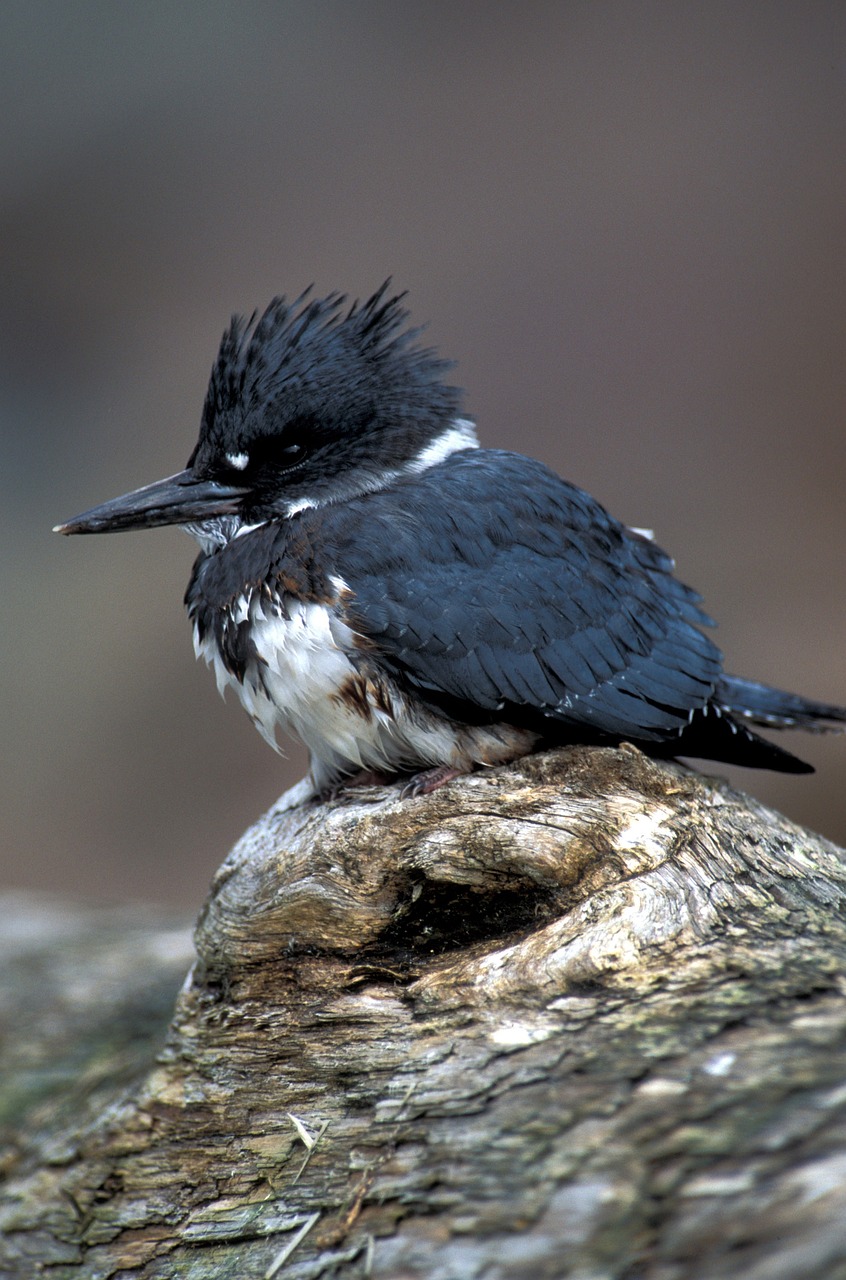
“Belted kingfishers are one of the few birds to nest on the ground, where they excavate a tunnel into a ...
Read more
Blue Tit (Cyanistes caeruleus)
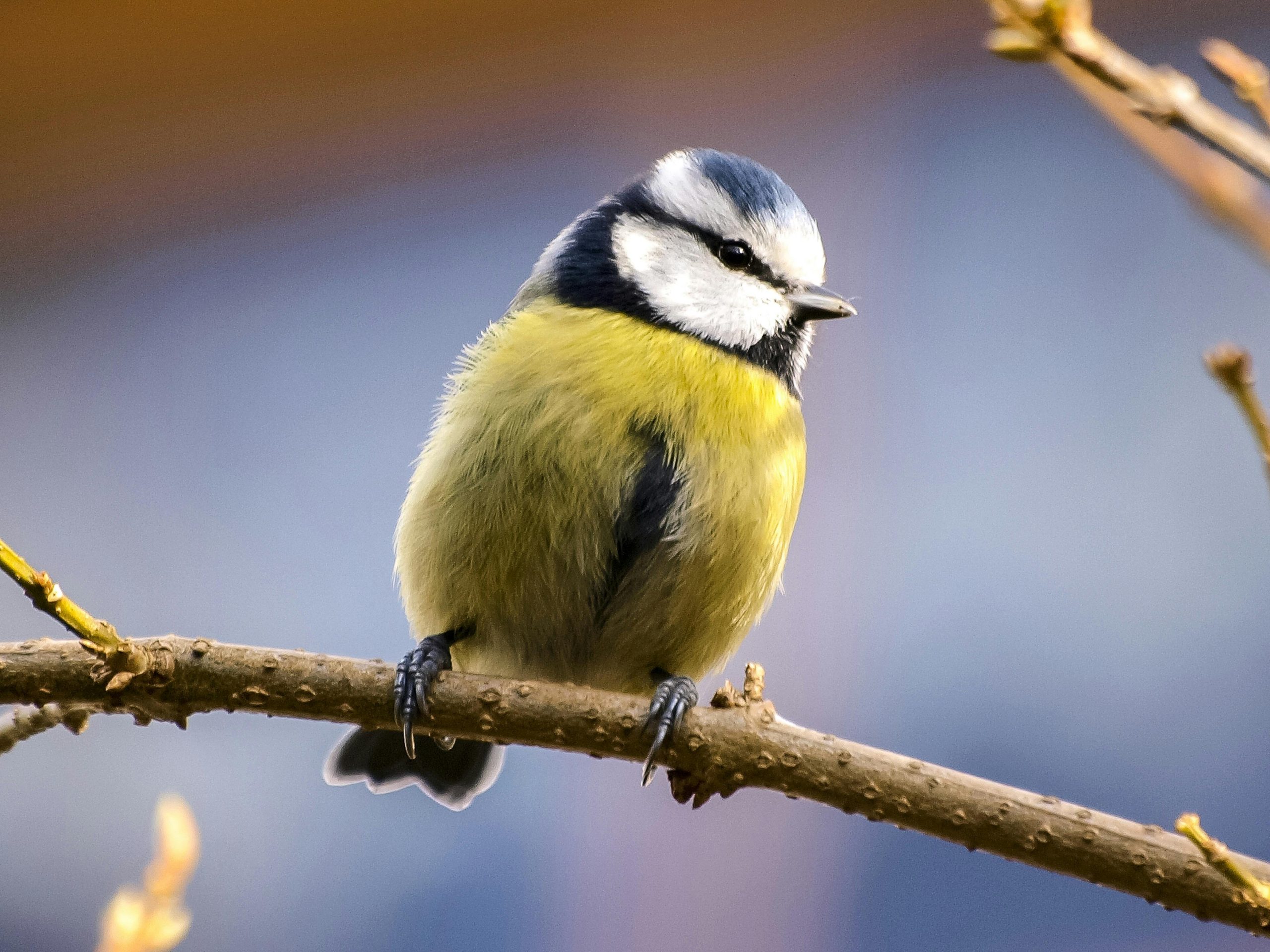
“The blue tit is a yellow-breasted songbird with a loud singing voice and charismatic personality. It is one of the ...
Read more
Amazonian Royal Flycatcher
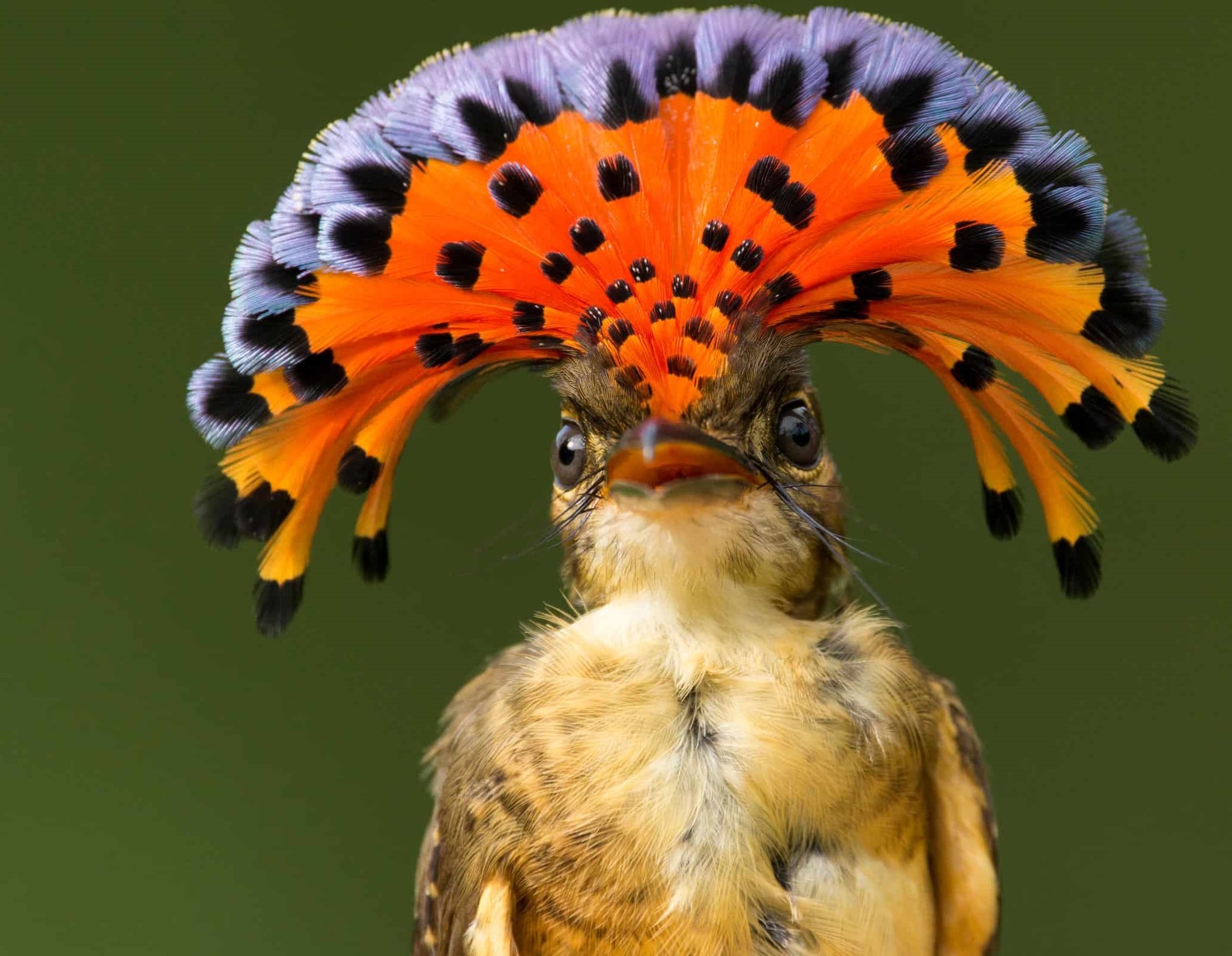
“They use their bright royal-looking crests during mating season.” The scientific classification of the Amazonian Royal Flycatcher: As for its ...
Read more
Yellow Bellied Sapsucker (Sphyrapicus varius)
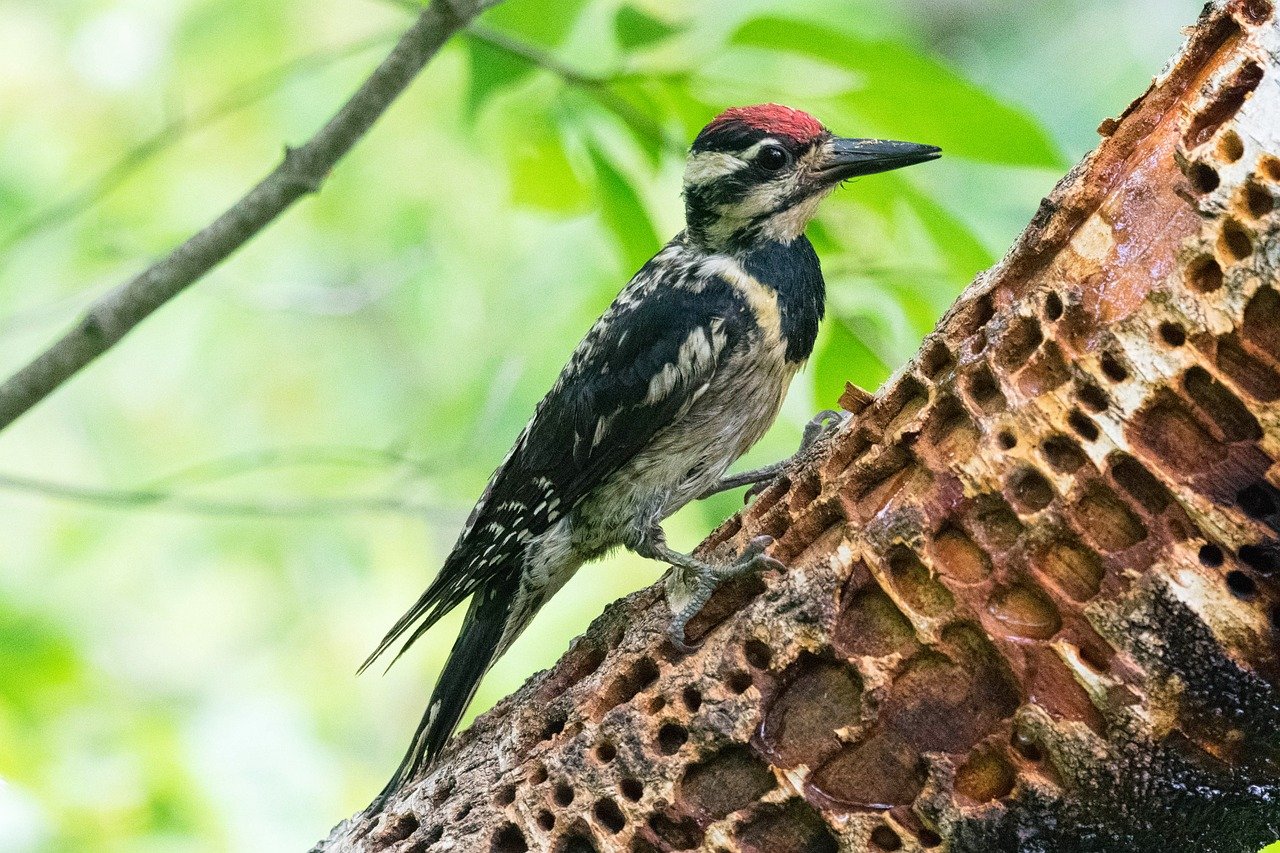
“The males are responsible for choosing the nesting tree most of the time. Luckily, cavity nests are often reused for ...
Read more
